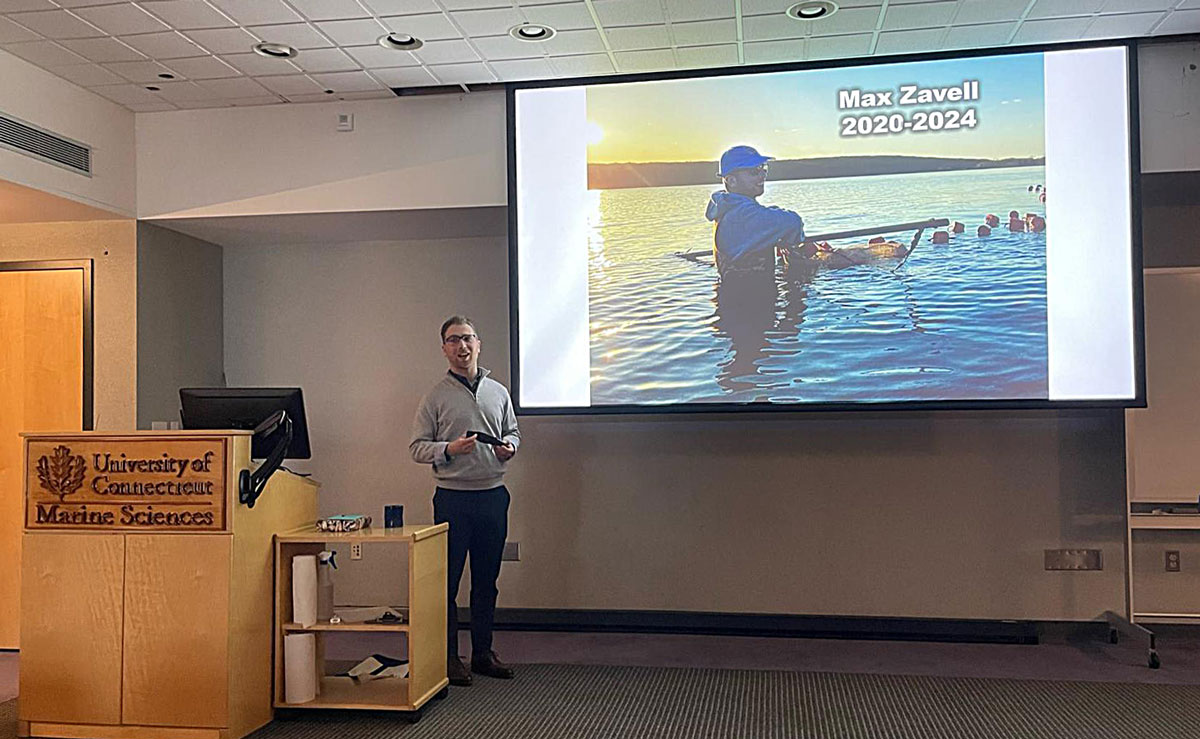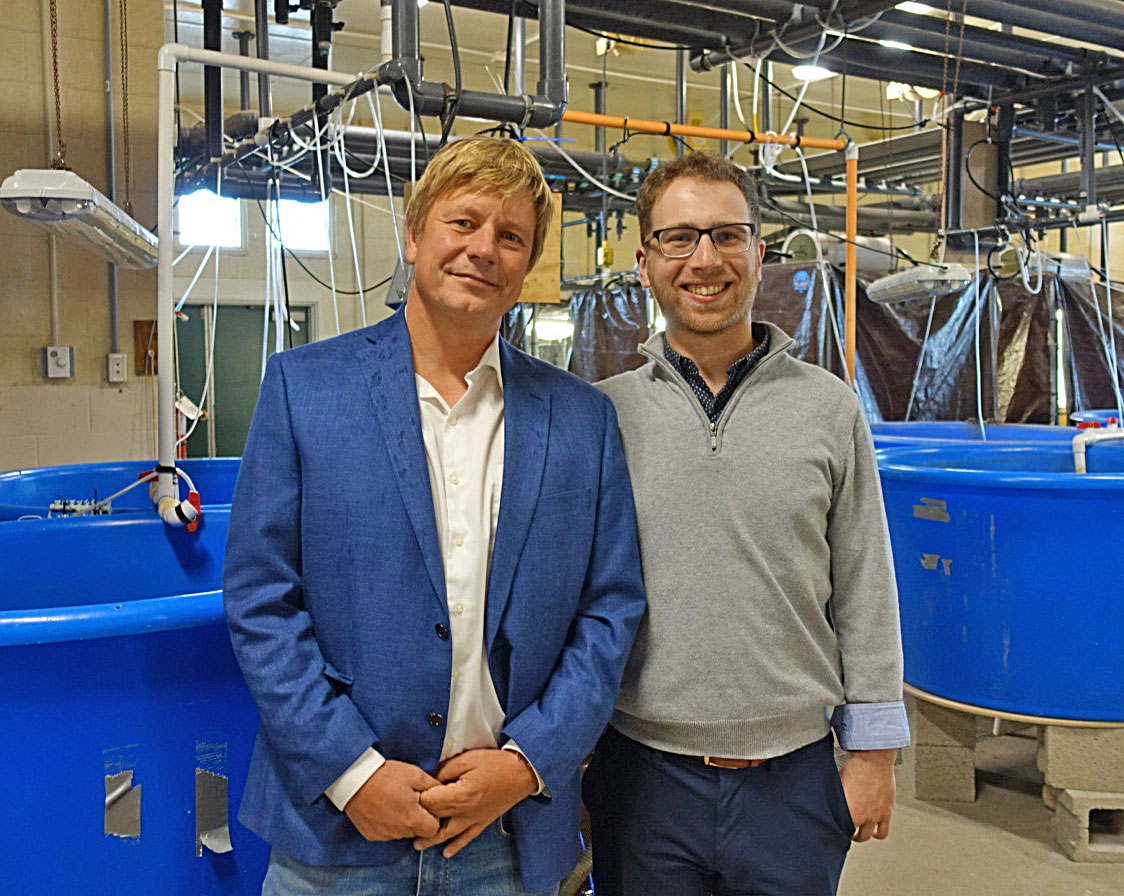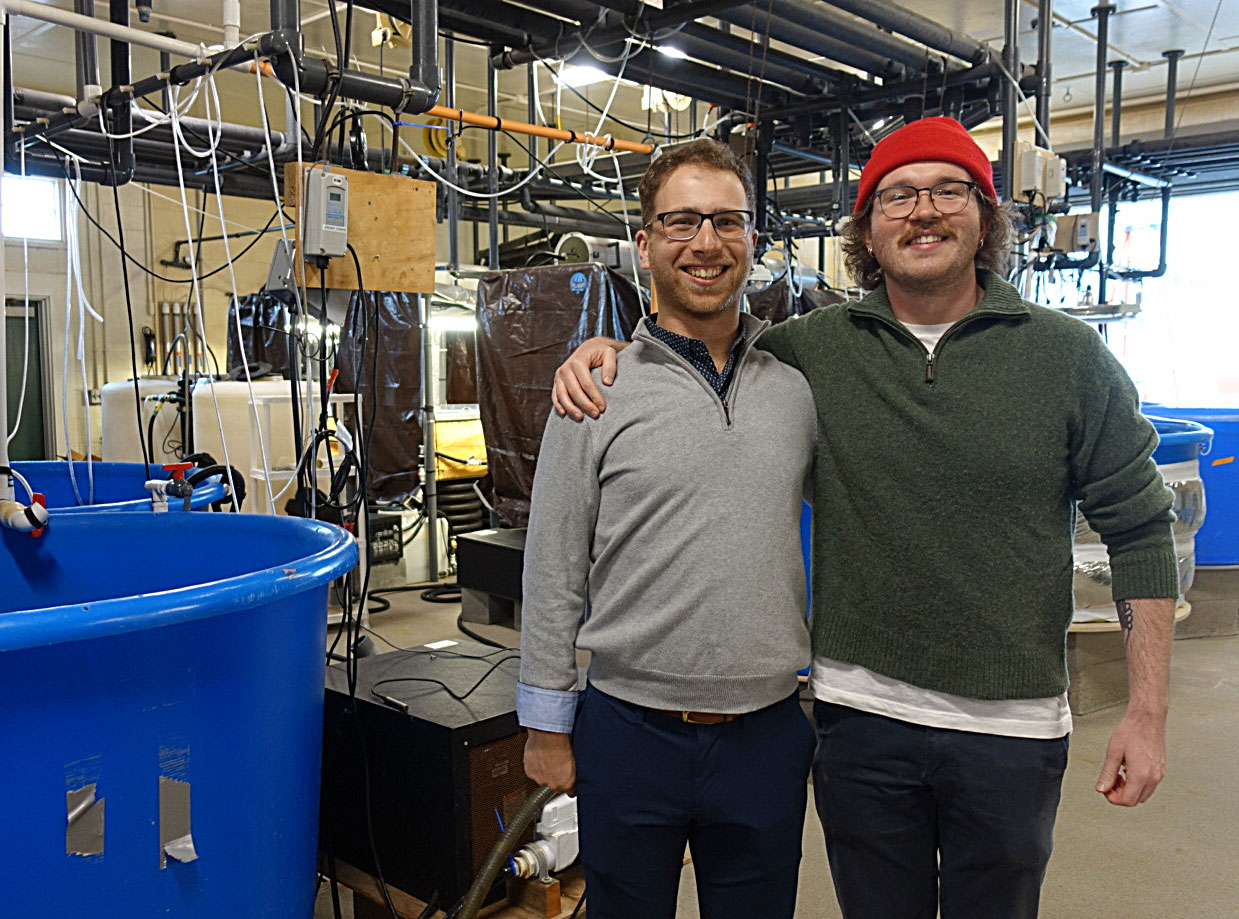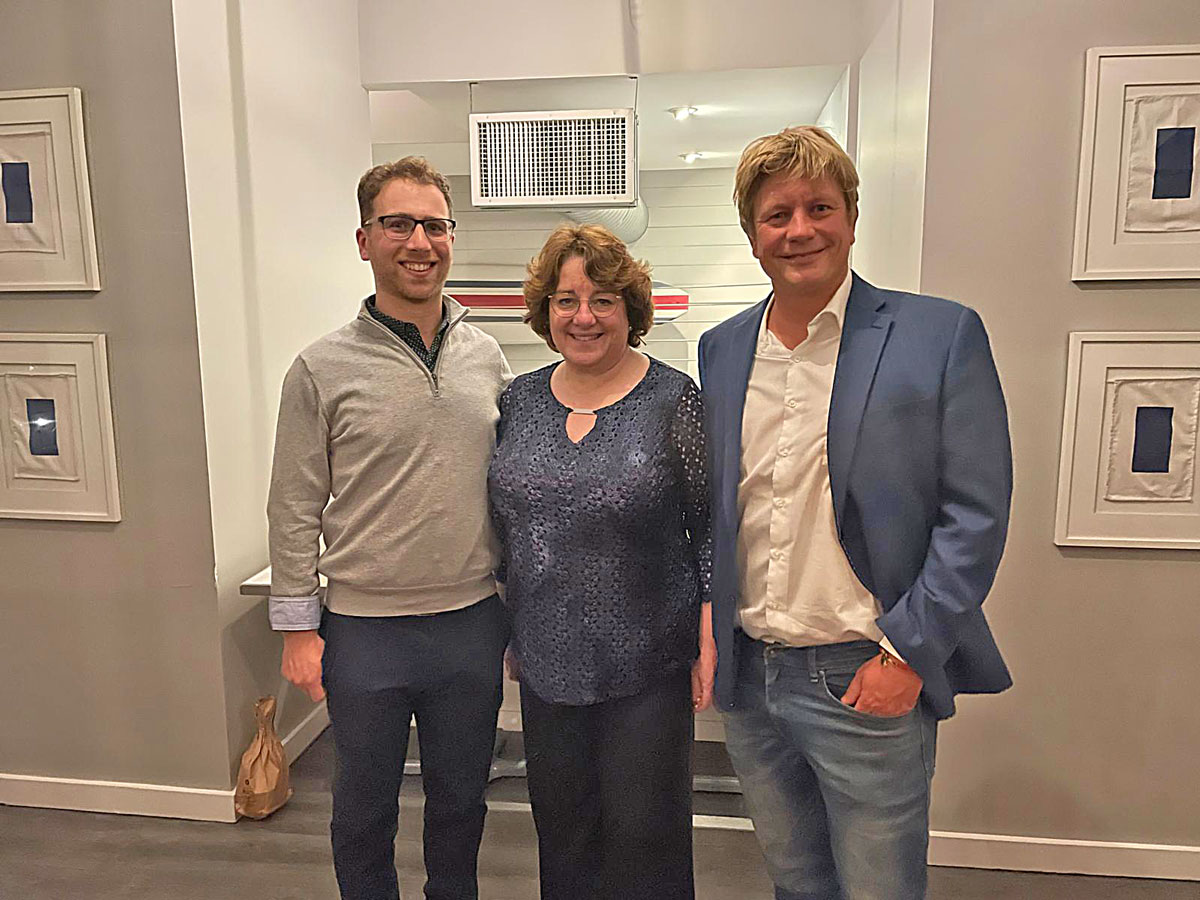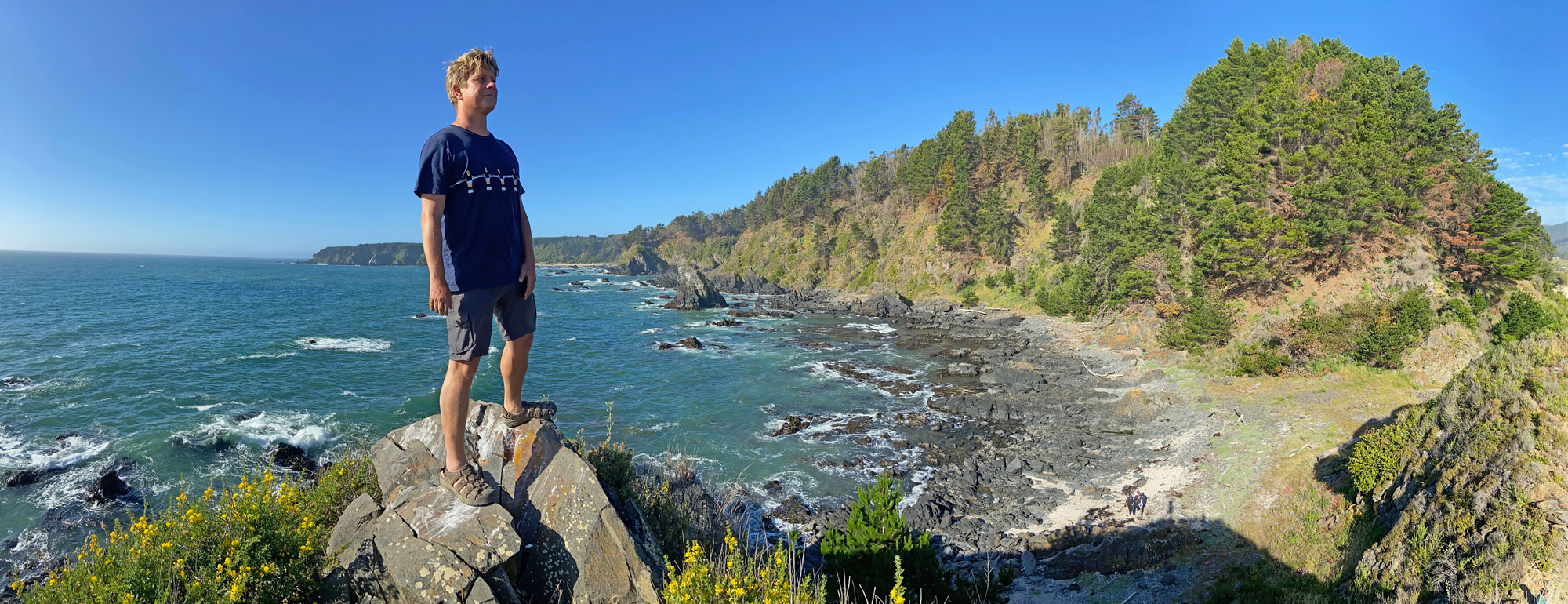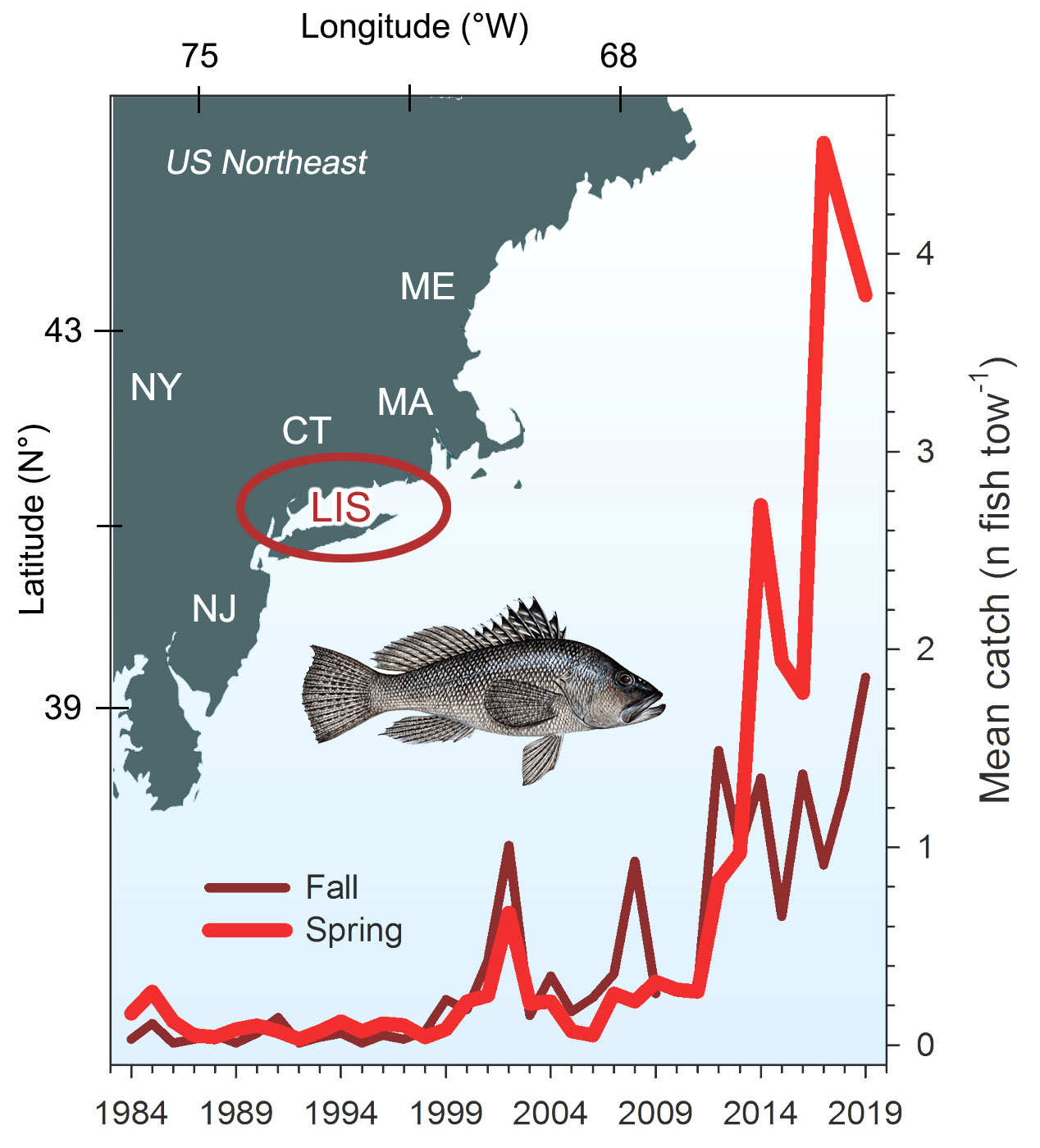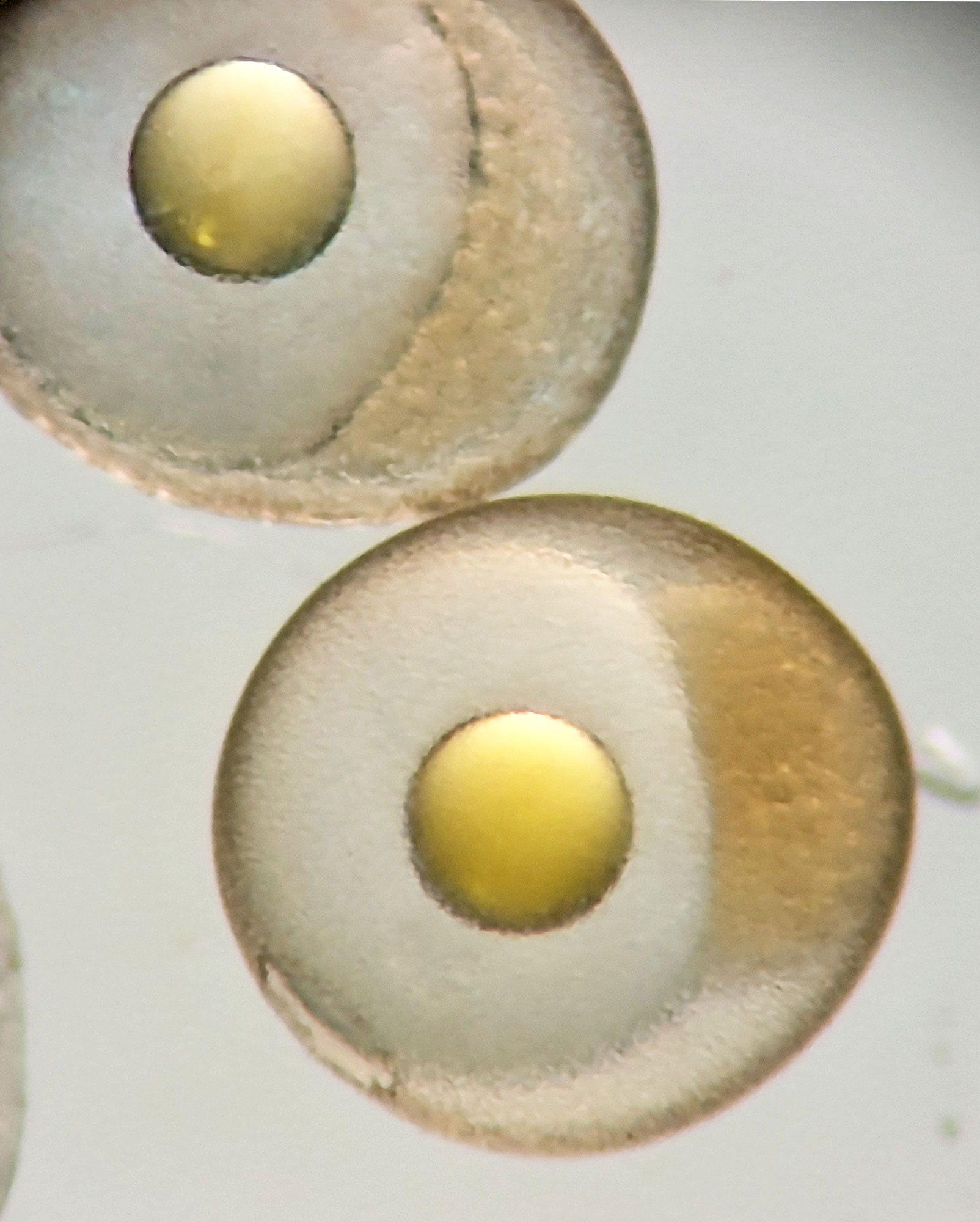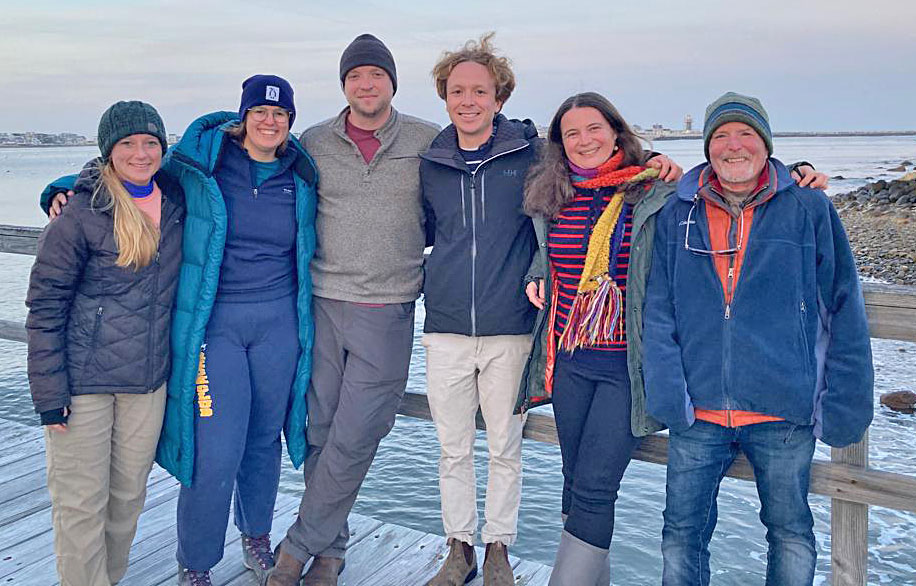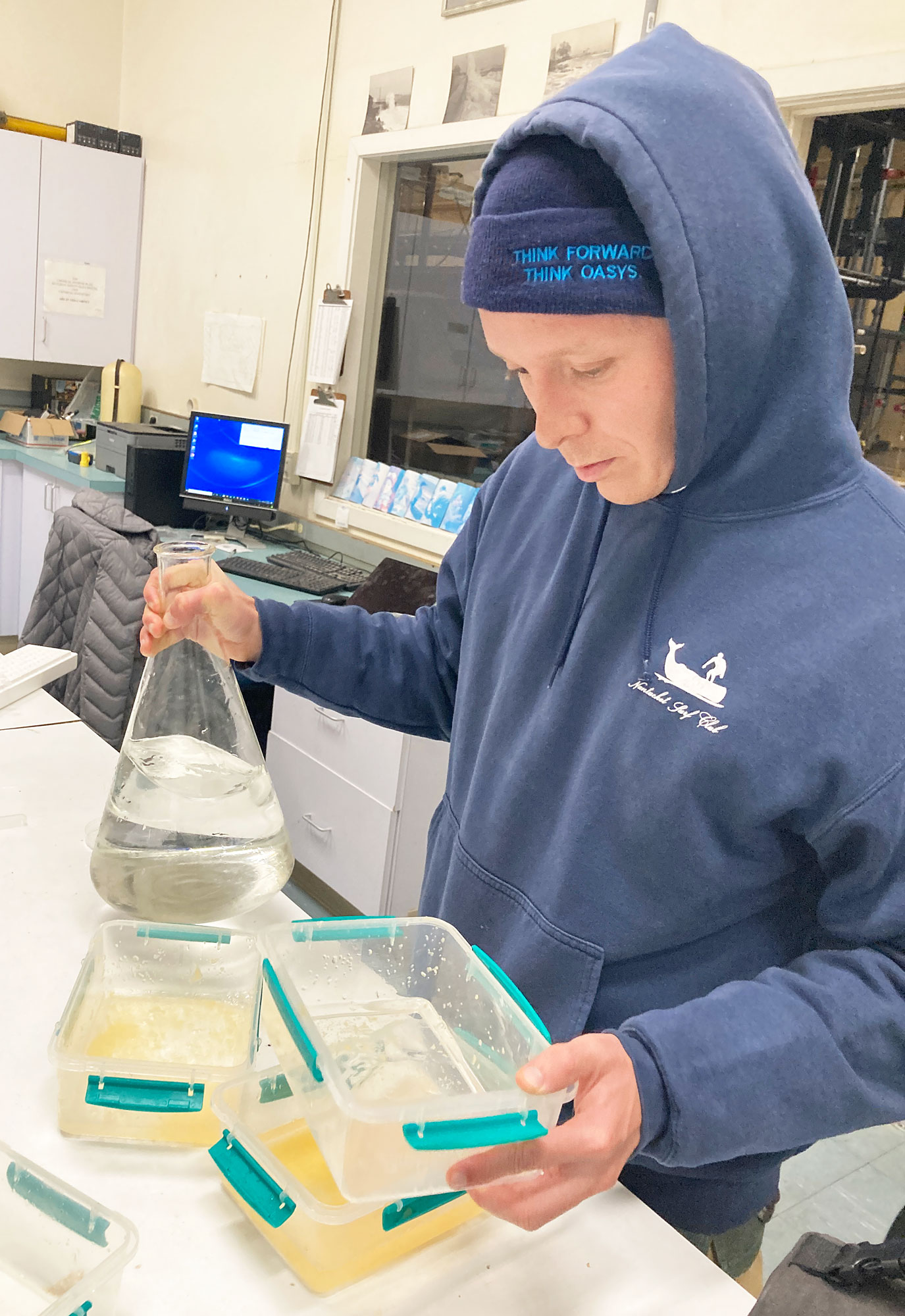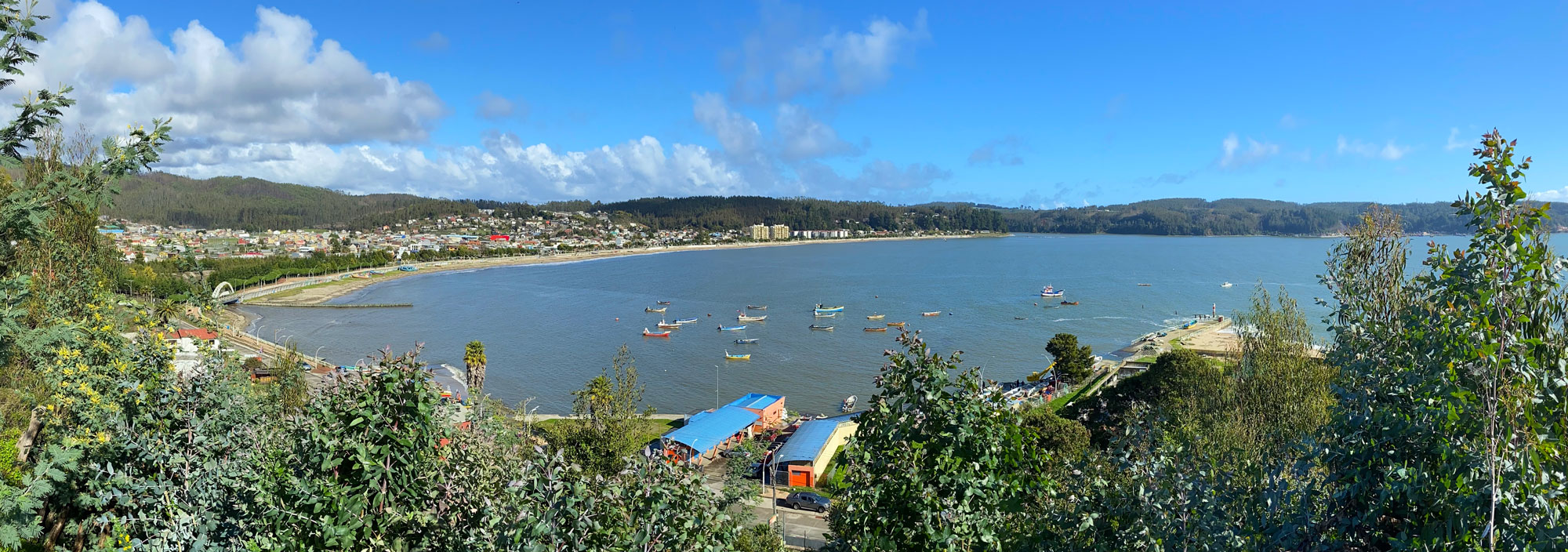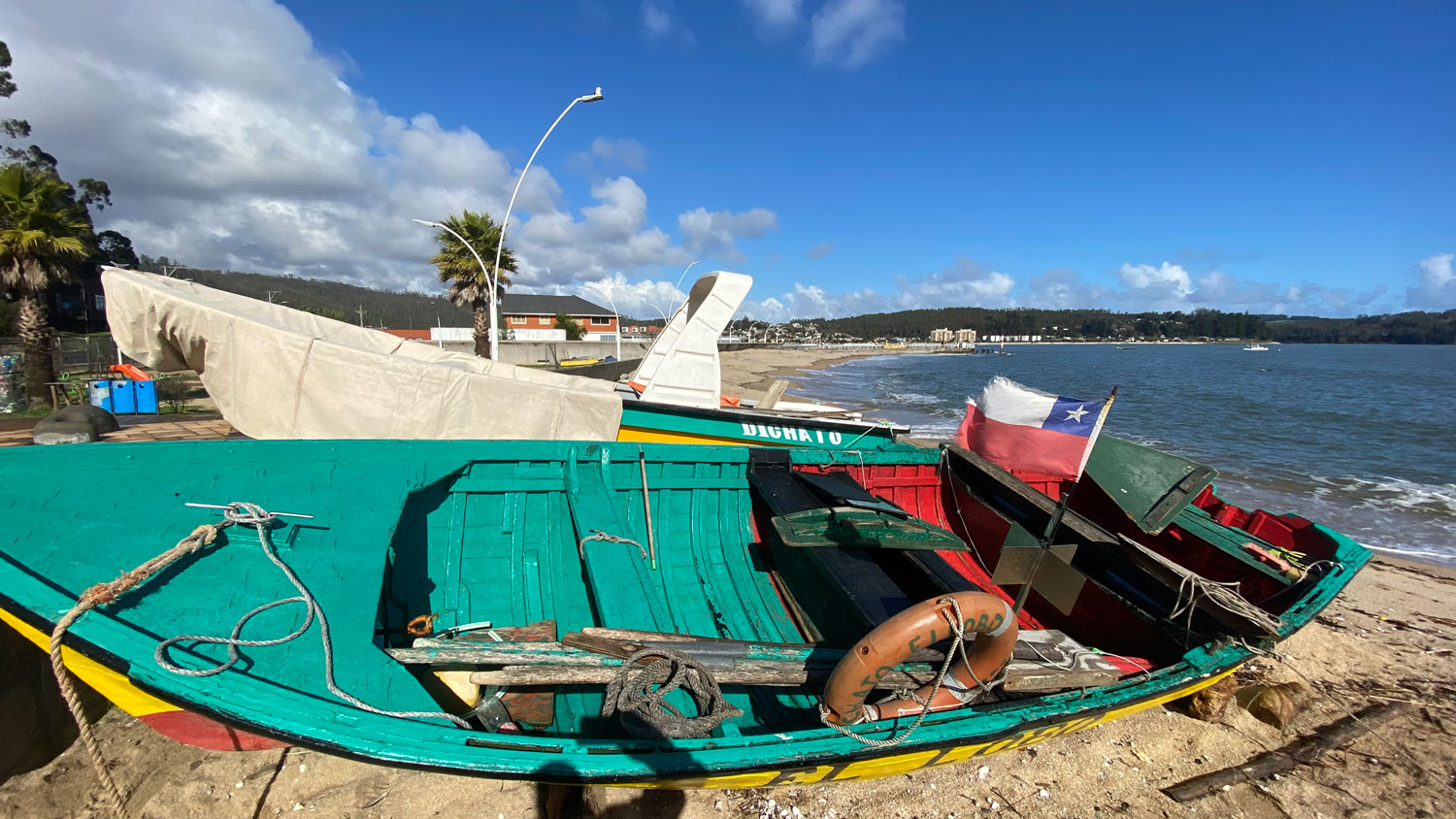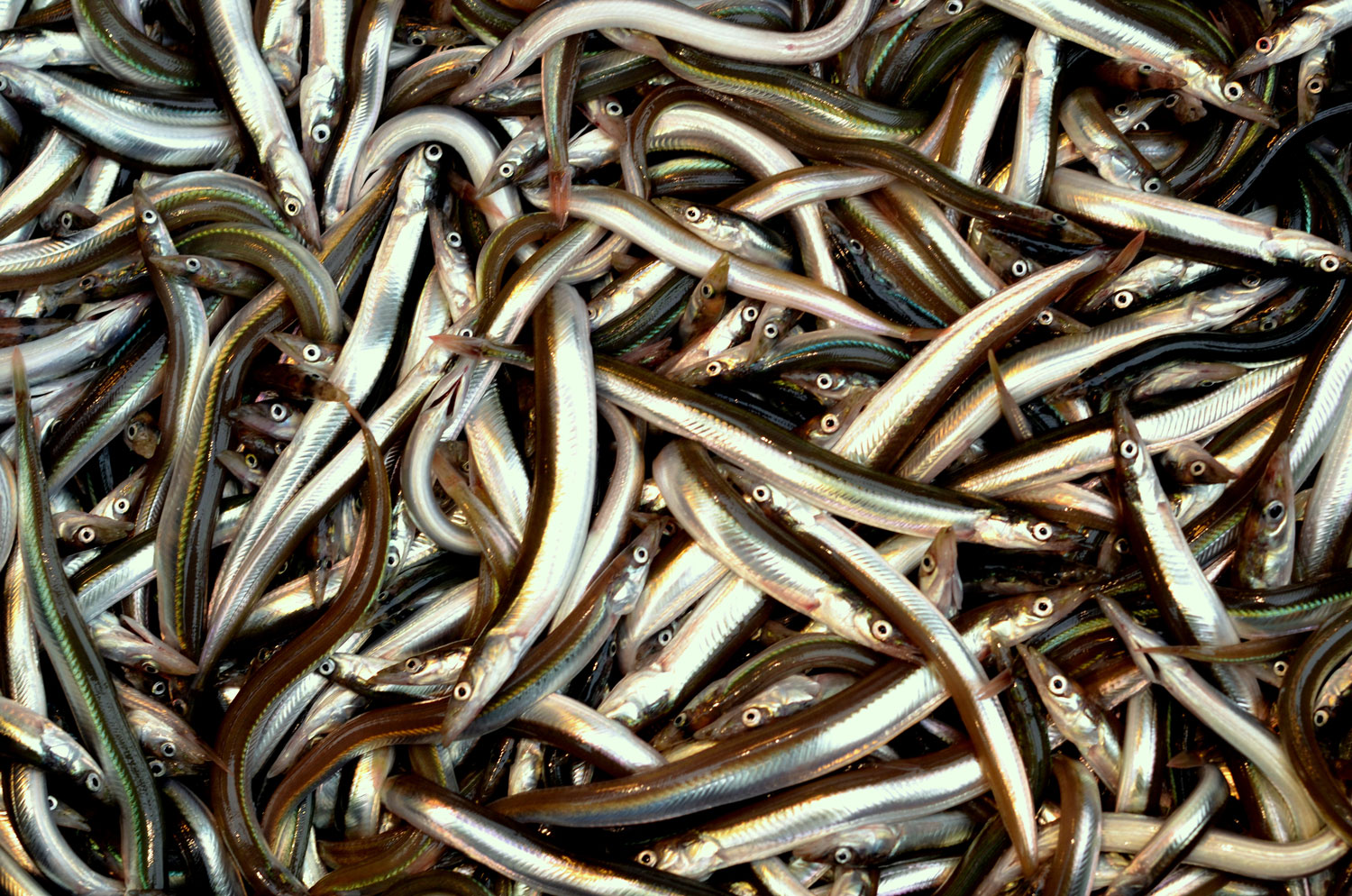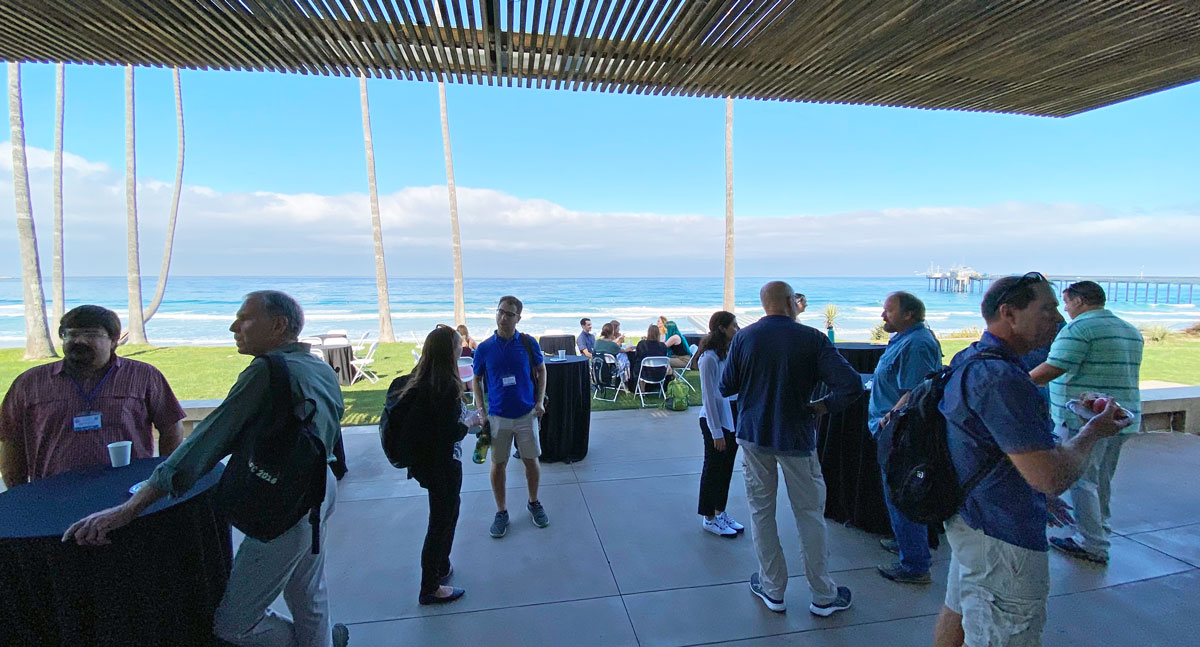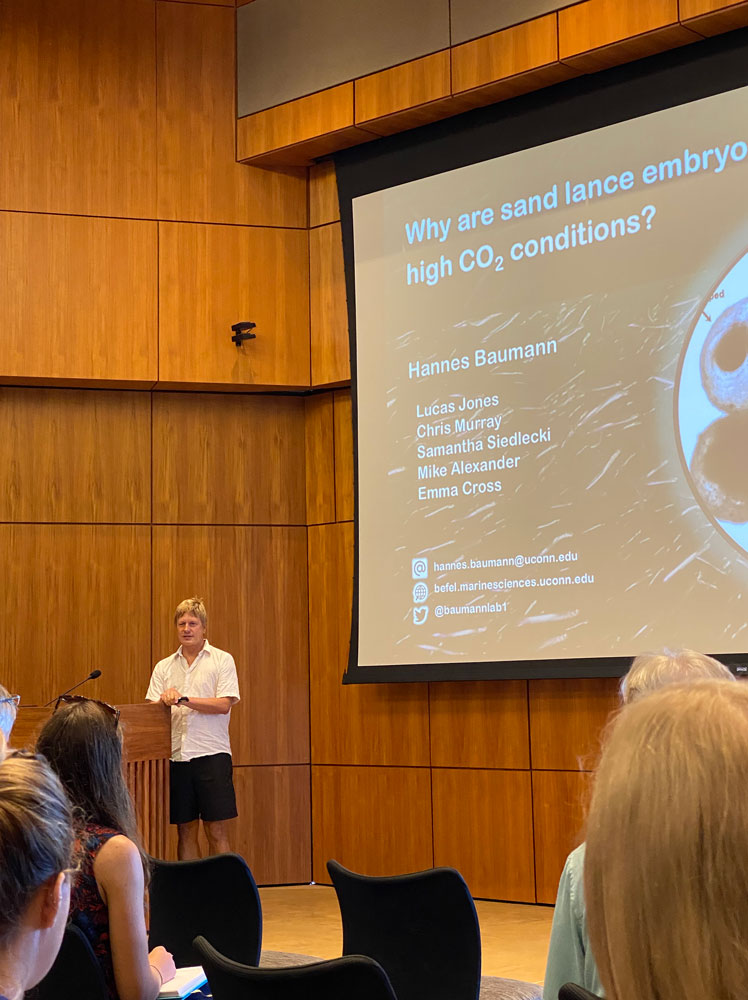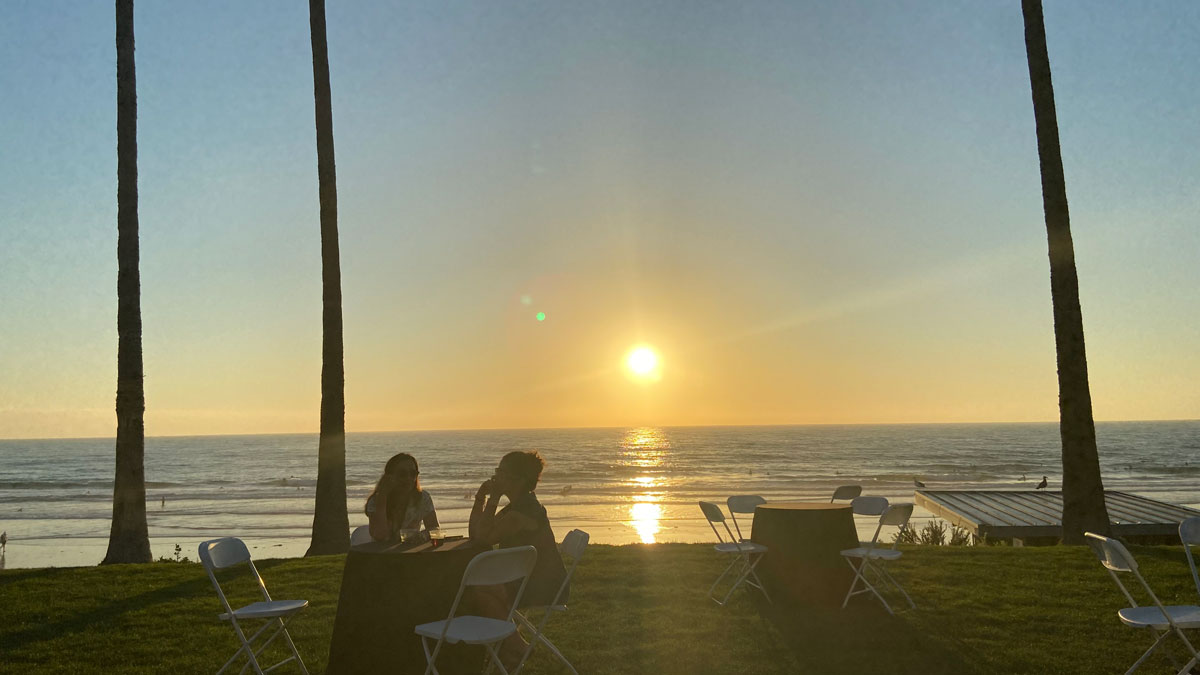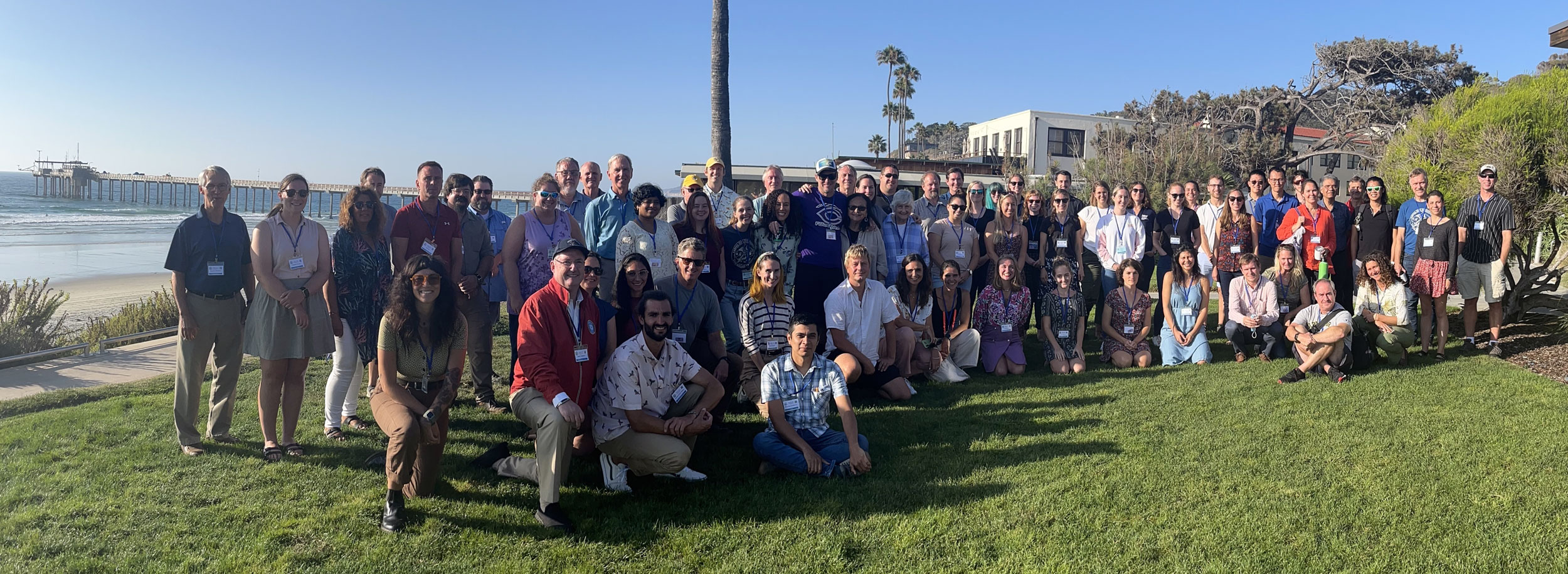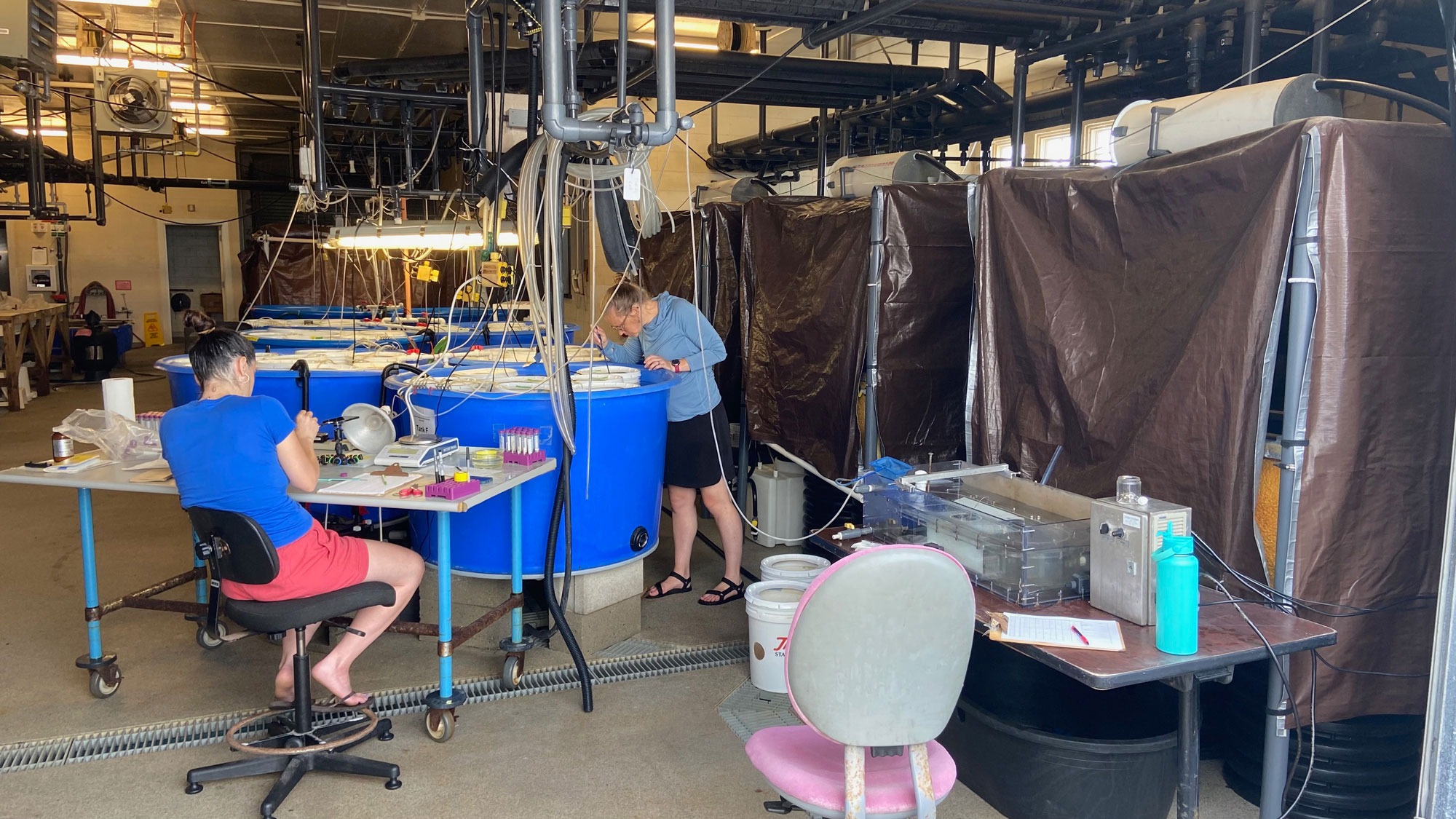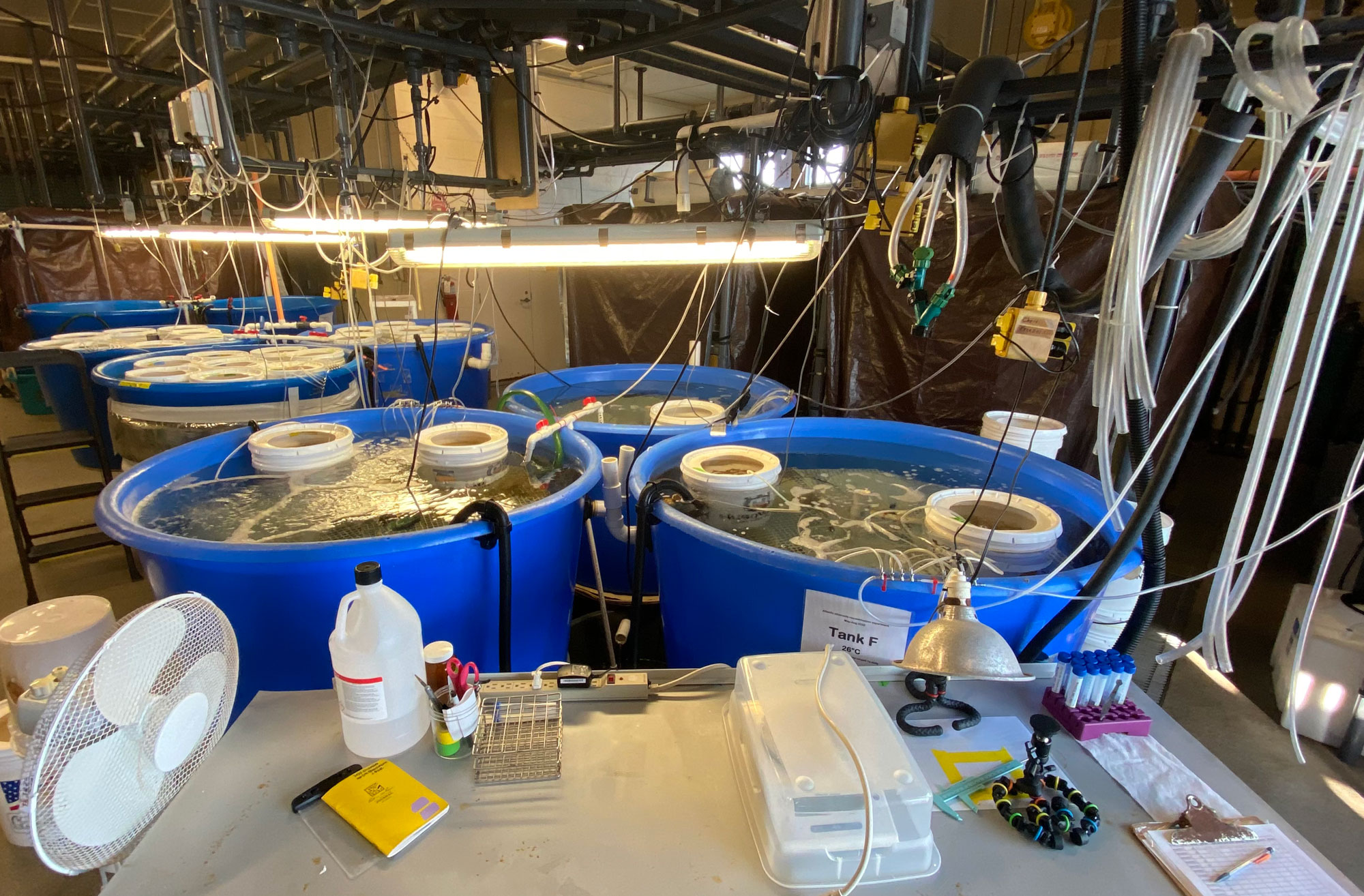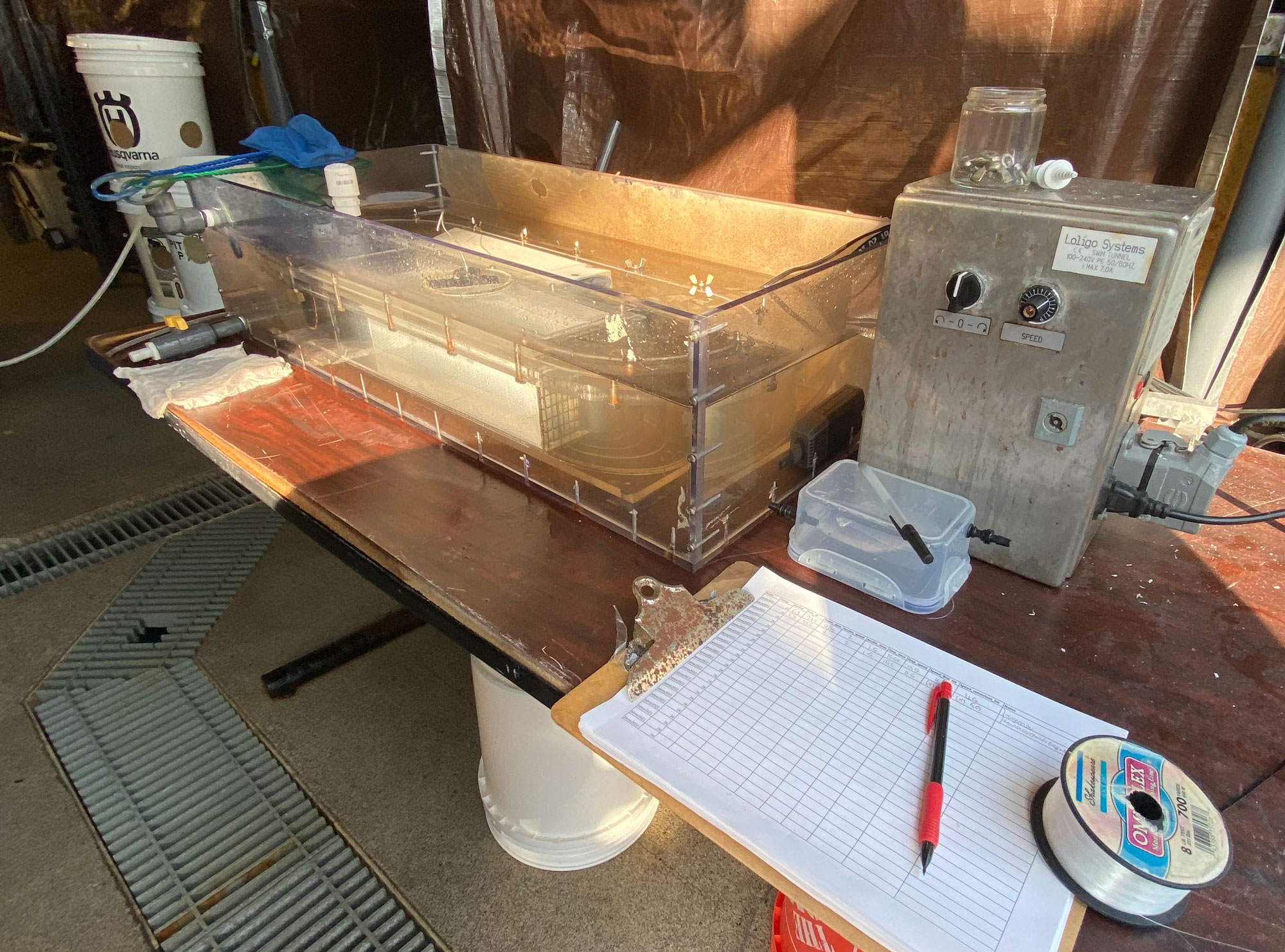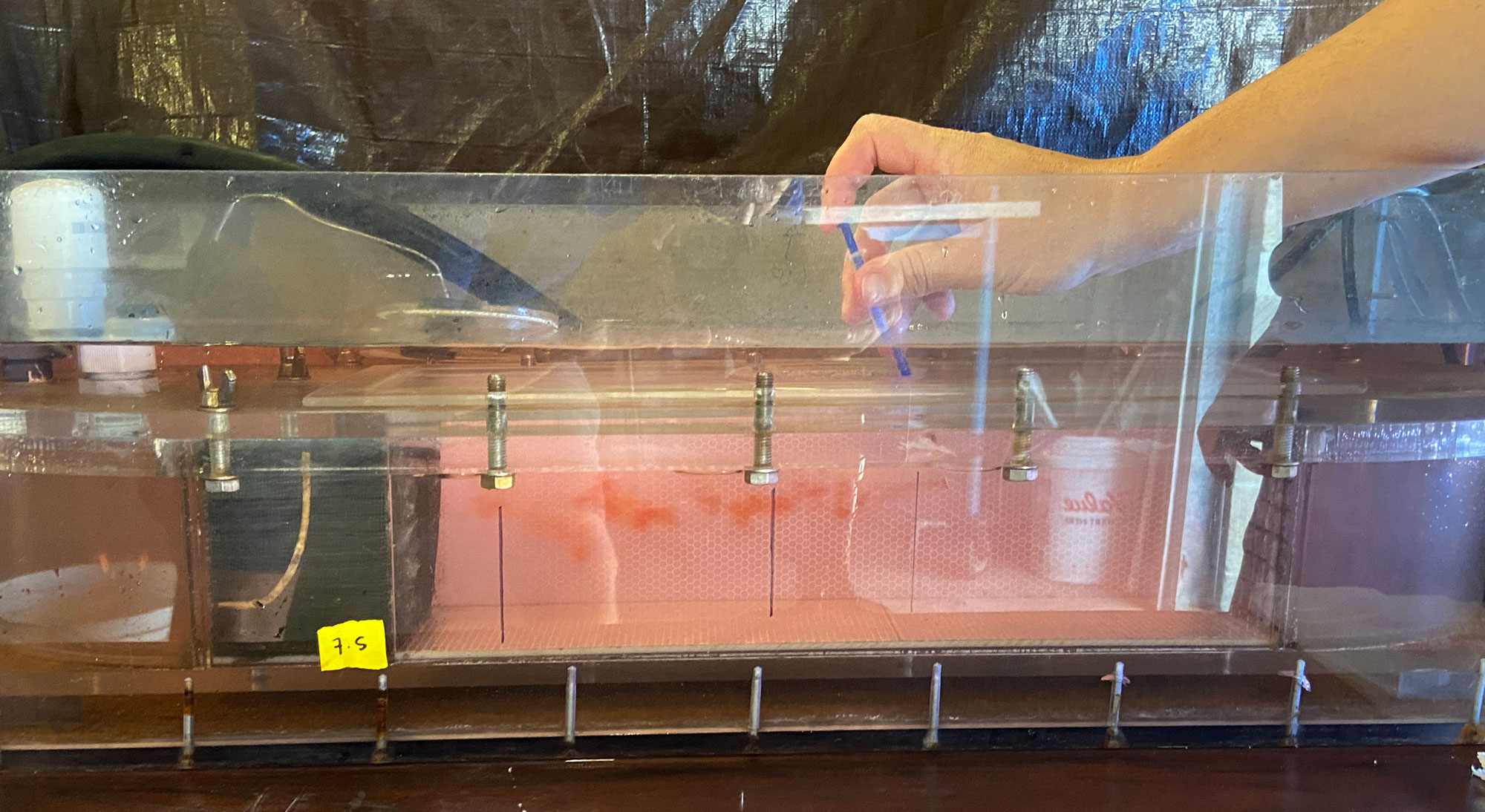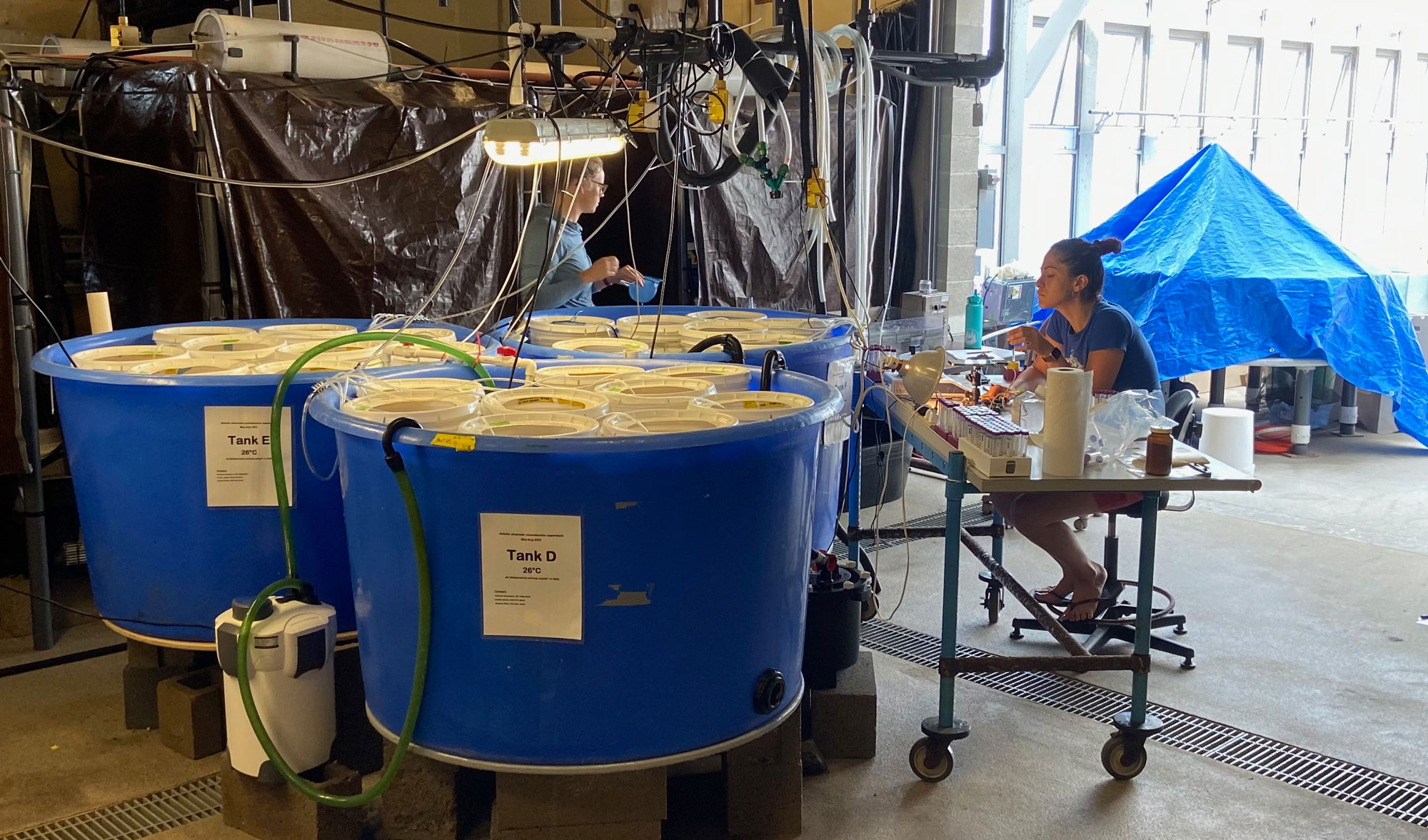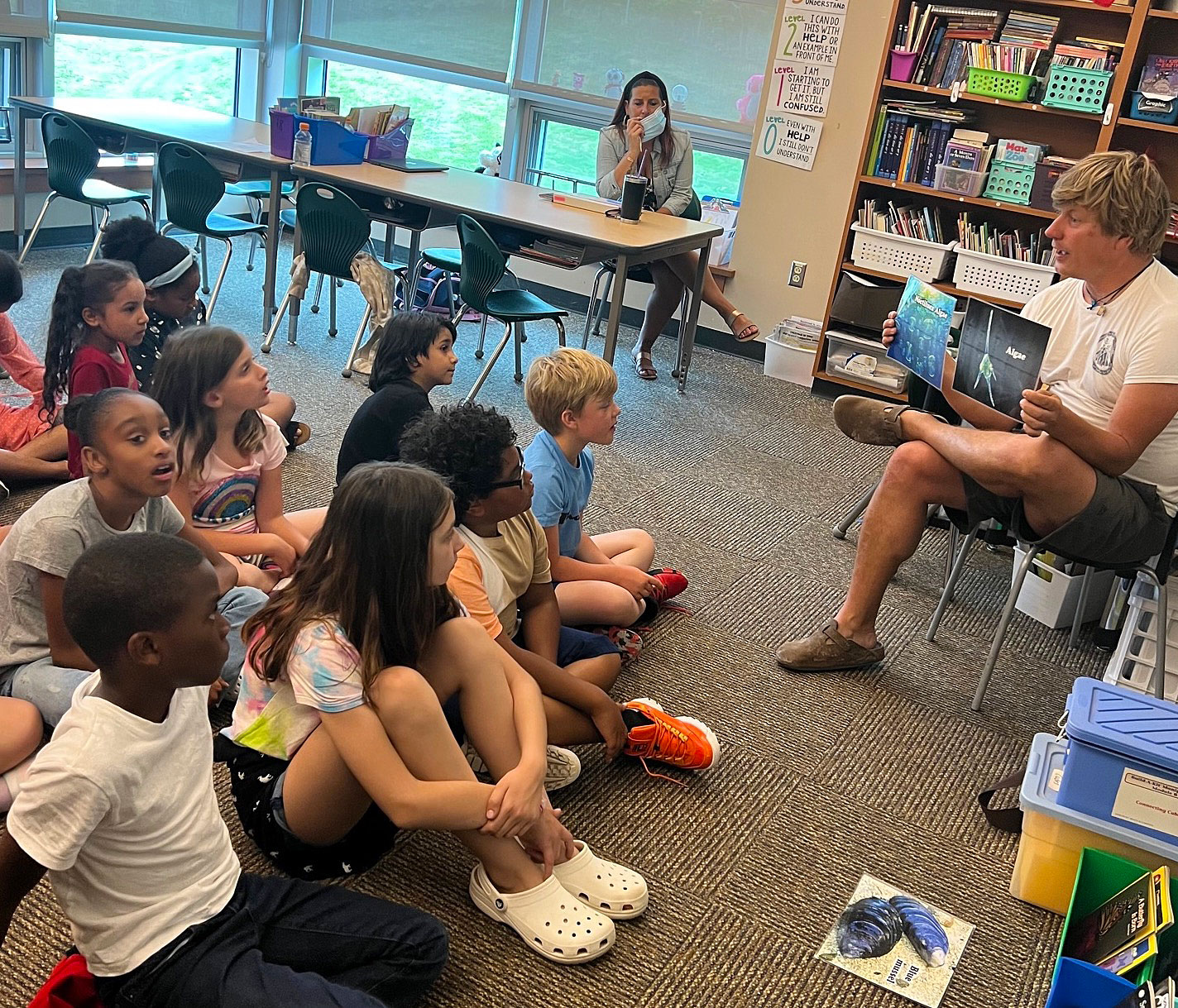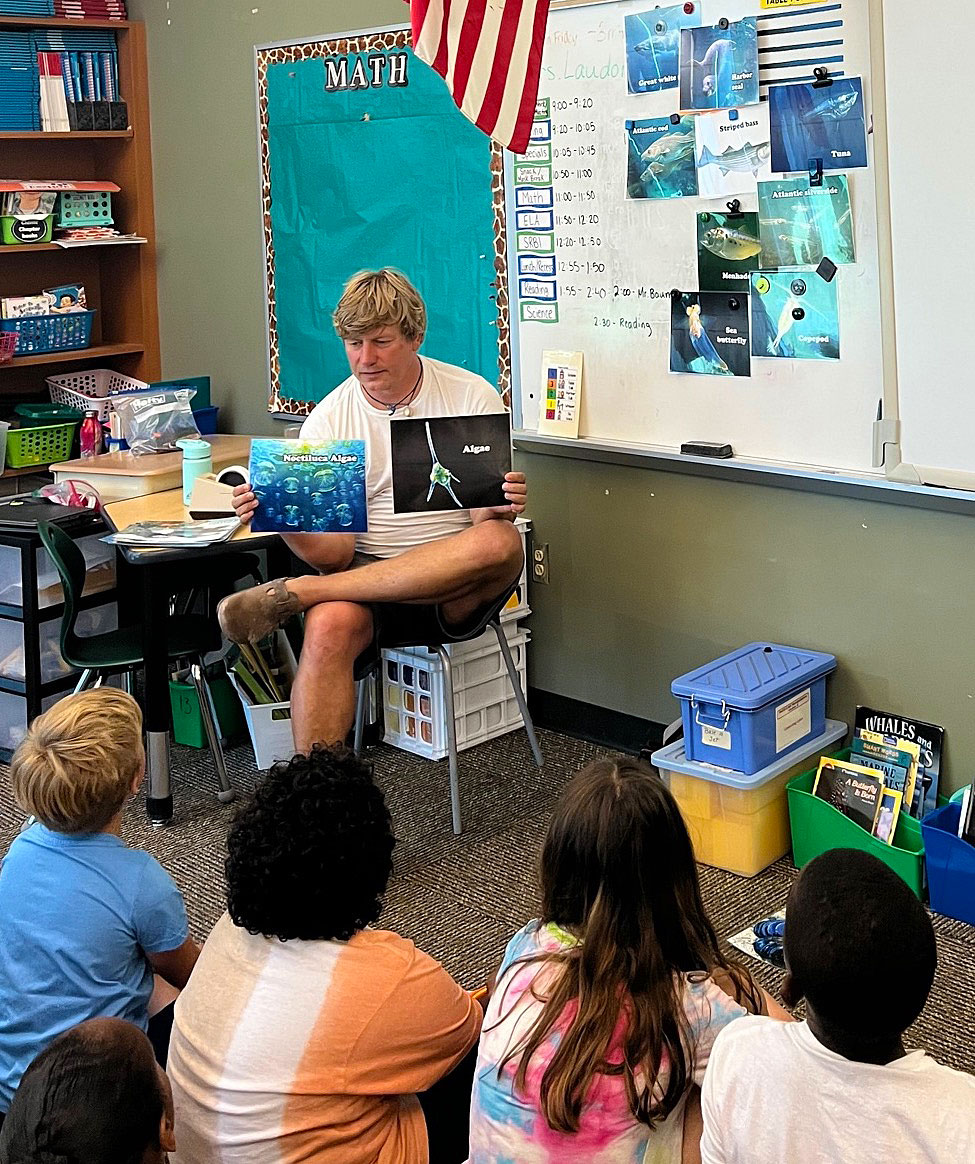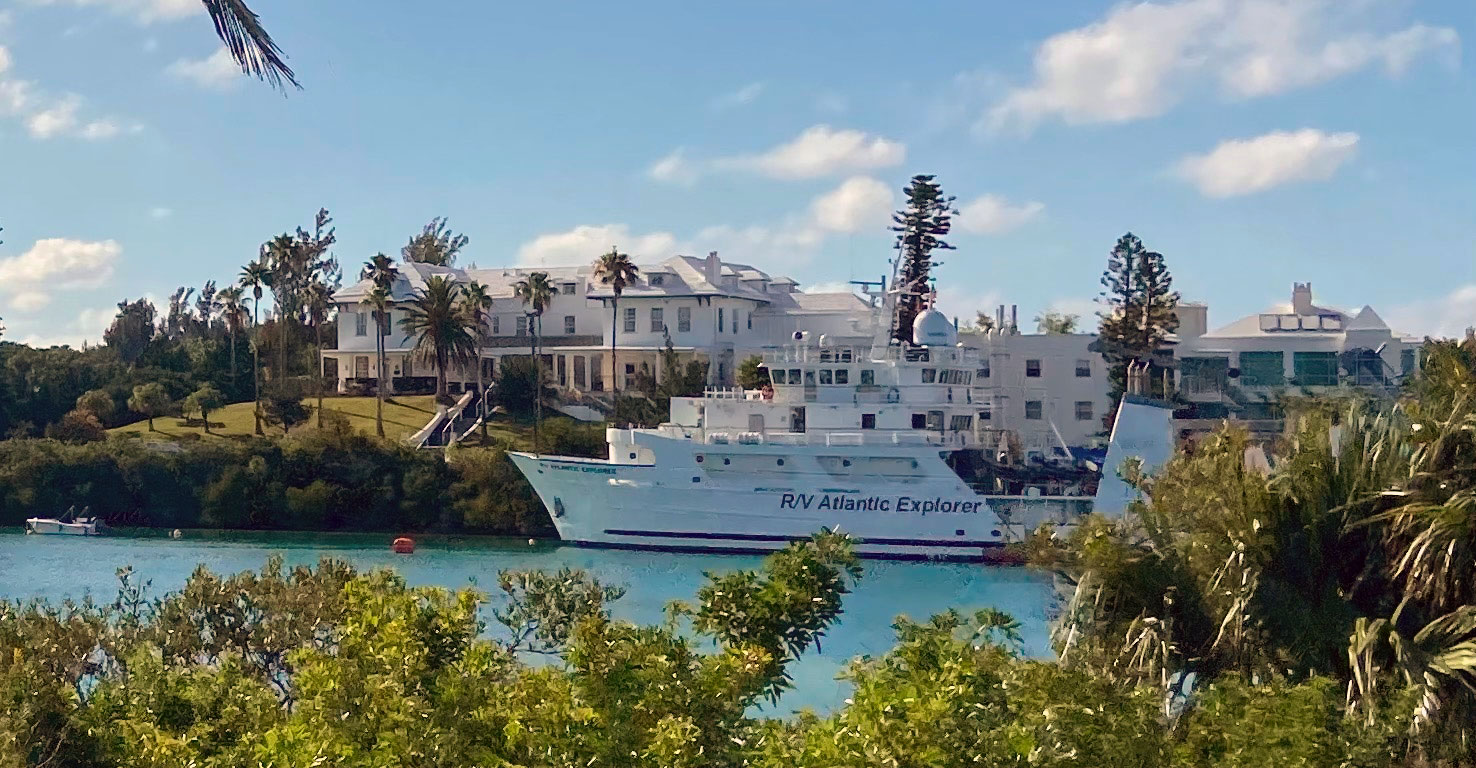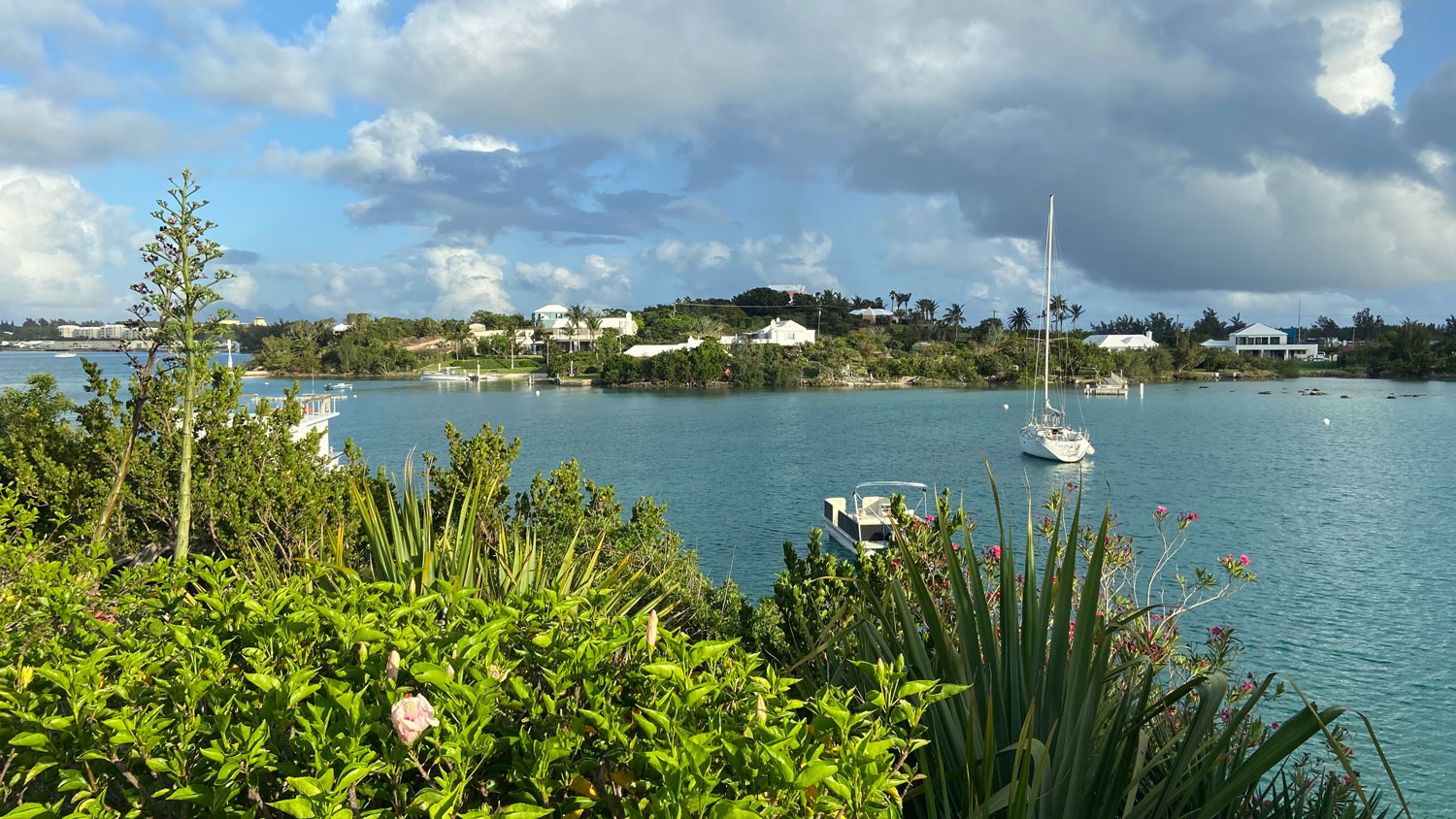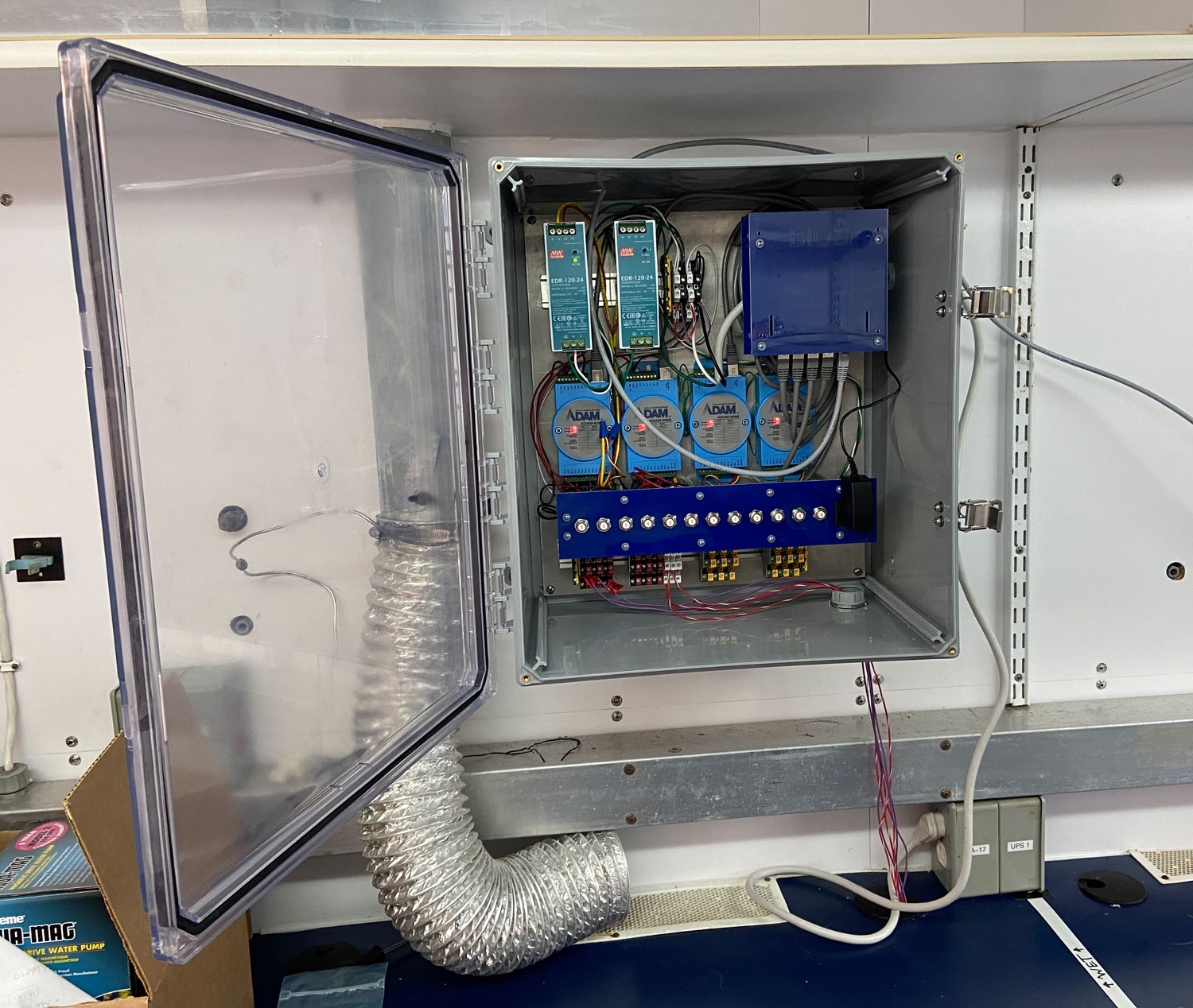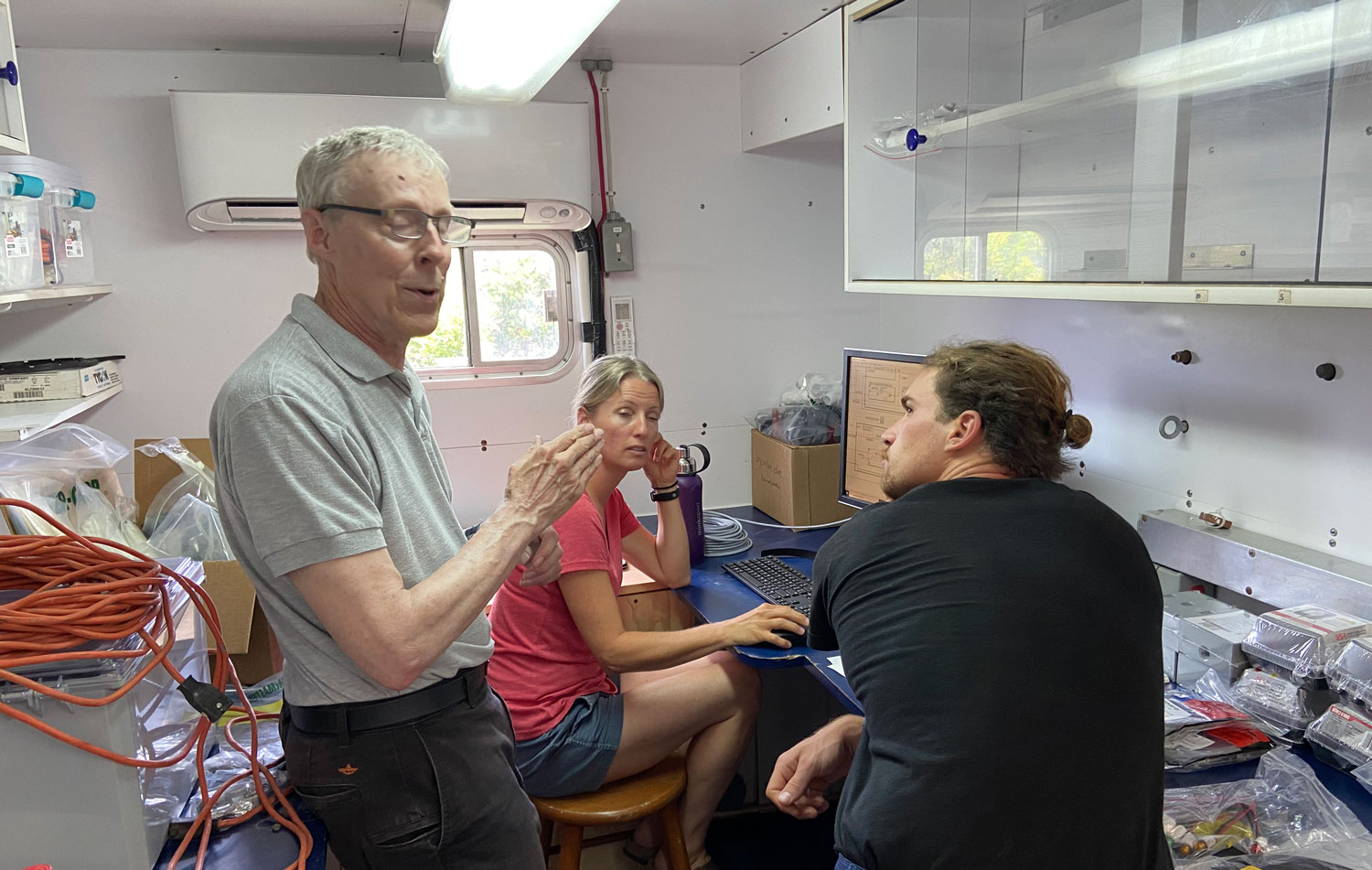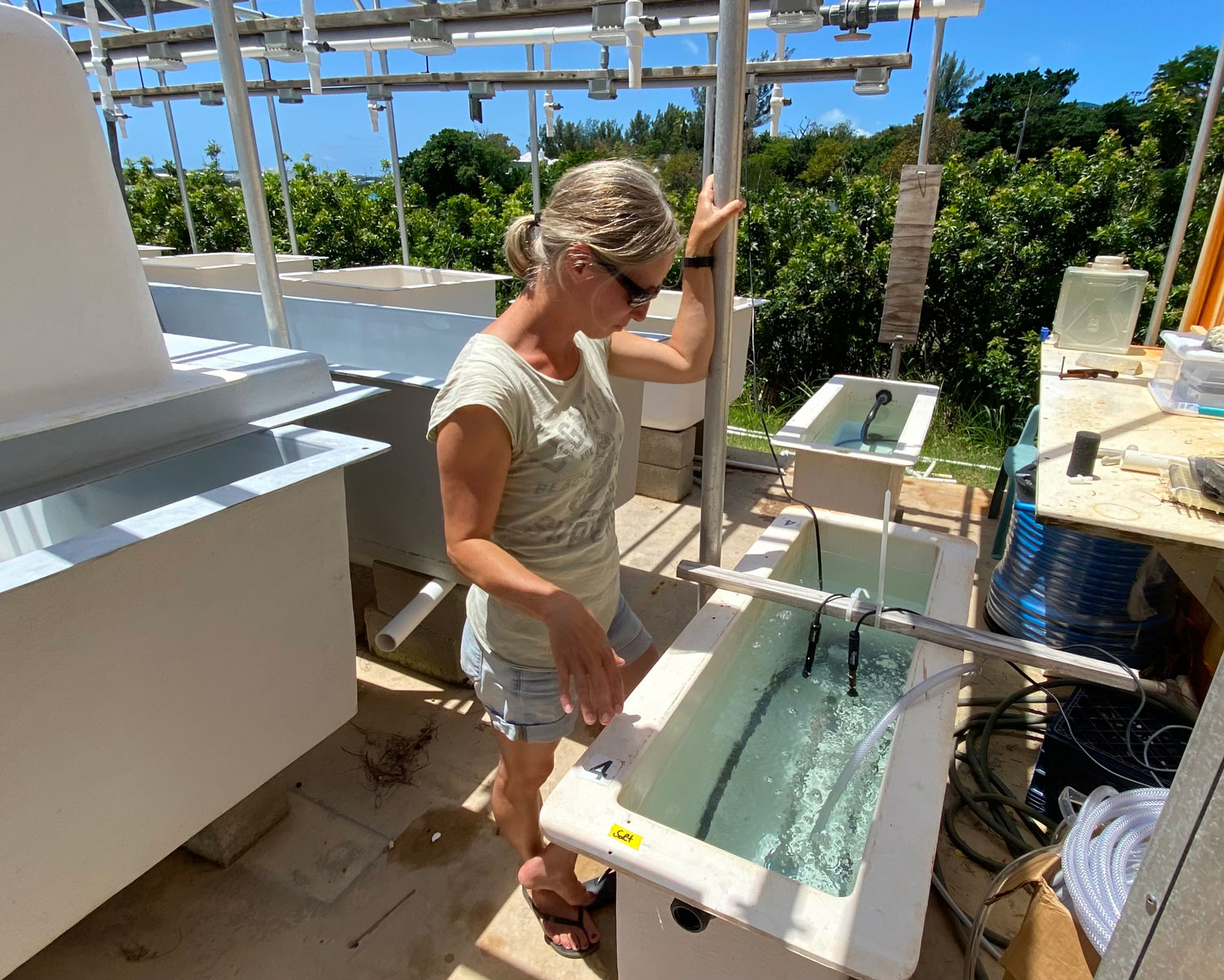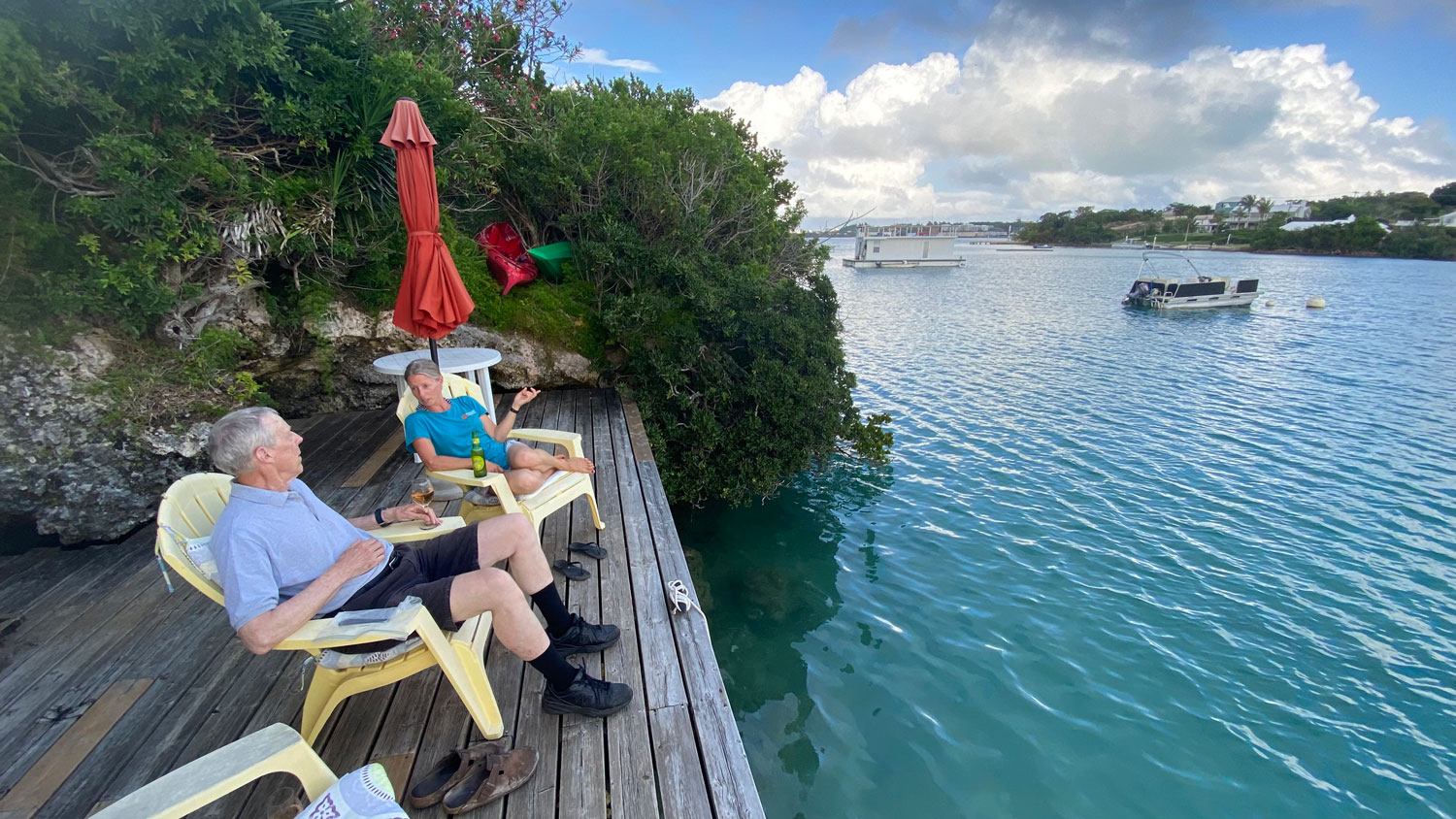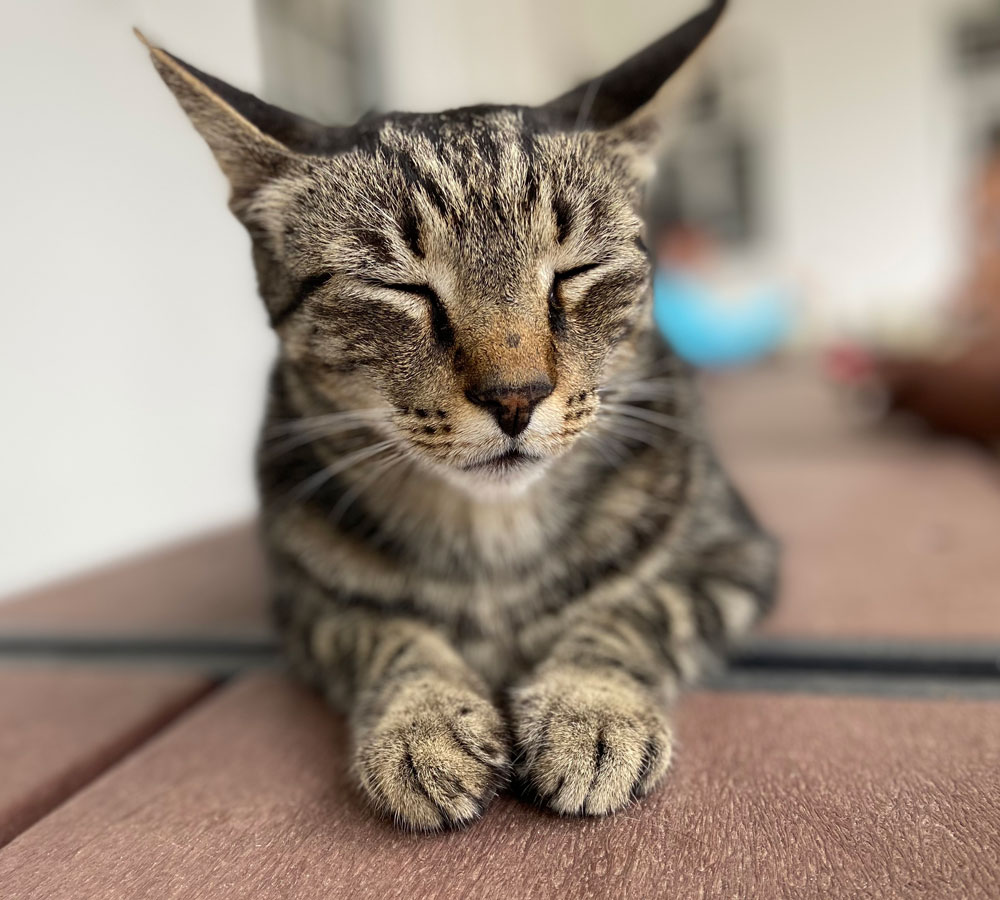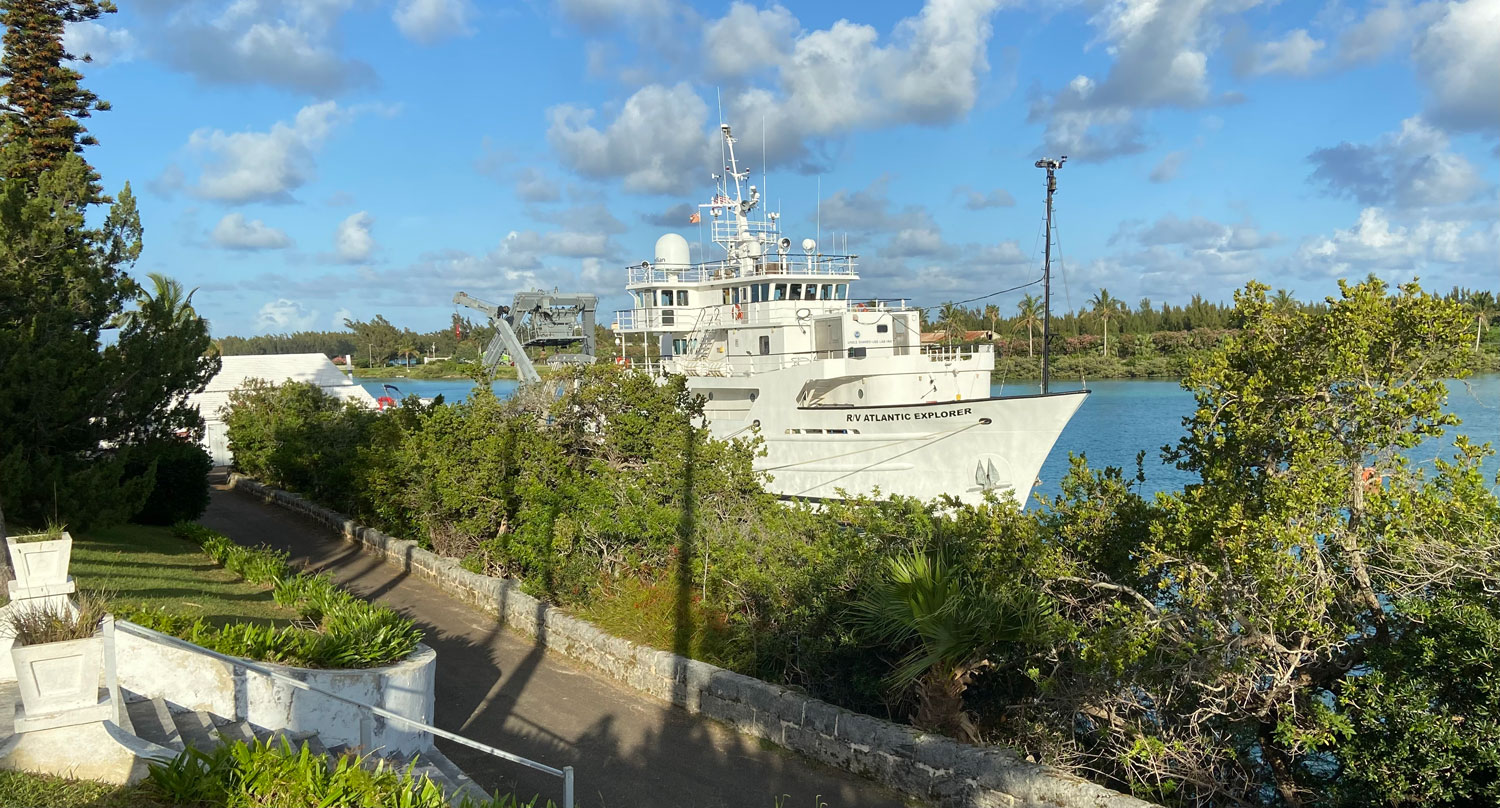This finding is a first for the sand lance, but it has been shown in other species such as lobsters, cod, and scallops, and this research adds further evidence to an apparent temperature divide at the Scotian Shelf, and helps demonstrate that temperature is an important factor in survival.
“Example after example shows that the ocean is not as homogeneous a place as expected, and there are all kinds of things that prevent that constant mixing,”Baumann says. “We found another striking example of that.”
When researchers find adaptation in an environment where mixing is continuous, like in the ocean, Baumann says, the question is how it is possible that groups stay different, even though they are constantly encountering other genotypes. That is where powerful genomic methods, like the ones used in this paper, come in handy.
“Parts of the genome in many species have what we call a ‘genetic inversion,’ which means that the genes on the chromosome from one parent have a certain order and the genes on the same chromosome that come from the other parent that code for the same thing, and they’re the same area, but they’re flipped,” Baumann says.
These inversions mean recombination cannot occur; therefore, the genes are passed down through the generations and play an important role in adaptation.
“We discovered on chromosomes 21 and 24 there are whole regions that are completely different and that is like the trademark signature of what we call an inversion because there’s no recombination going on.”
Baumann says that knowing there are genetic and ecological barriers on the Scotian Shelf is important, because with climate change, this barrier may move north and while that may be good news for southern fish, it’s bad news for the fish currently there.
The researchers were also a little relieved in finding two clusters, because had there been many smaller clusters, it could make management and conservation more challenging, especially considering scenarios like the construction of offshore wind parks. Areas potentially well situated for wind turbines can also be habitats for sand lance, and construction disrupts habitats. If there were many, smaller population clusters, a single construction project could pose the risk of completely wiping out a cluster, whereas with more widely dispersed populations, though the local population may be temporarily disturbed, it will not be long before they are able to re-establish after construction is completed.
Baumann plans to focus further research on studying the genetic basis of the thermal divide.
“We want to make sure that this fish is productive and resilient, despite climate change, so we should make sure these areas where they are occurring are protected,” Bauman says. “These decisions should include experts to ensure if there’s an area that is very critical to sand lance, that any disturbance is temporary.”
It isn’t an unsolvable conflict, but it is something that we need to do, says Baumann, who also notes that it is possible that sand lance north of the thermal divide are already suffering more from warming because the region is warming faster.
“It could be that these two clusters have different vulnerabilities to climate change,” he says. “We don’t know that yet but that’s something that should be pursued.”
